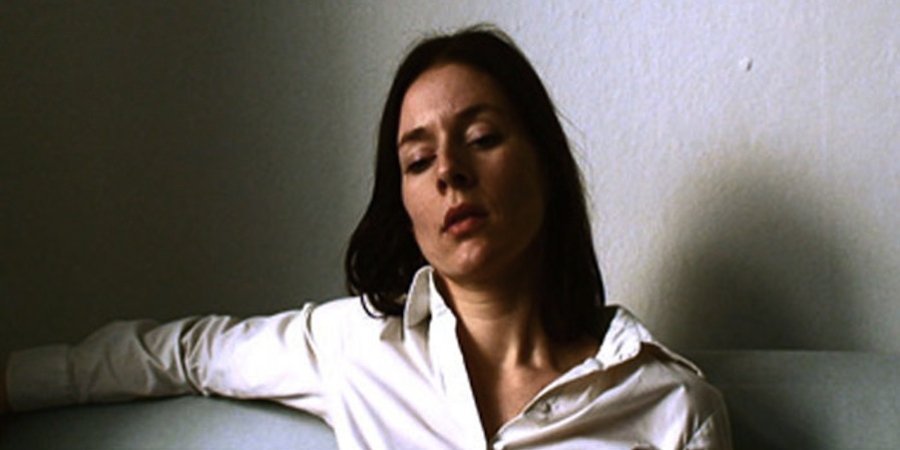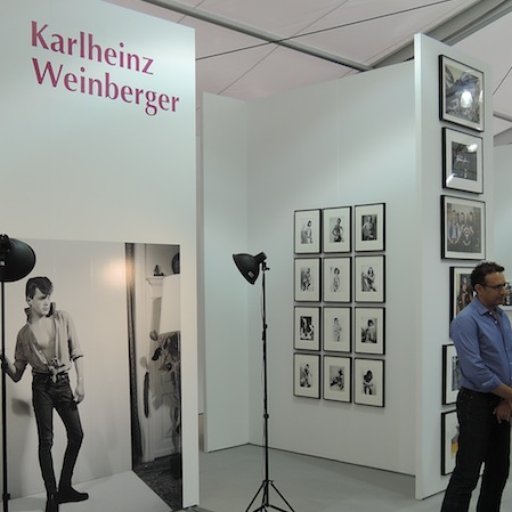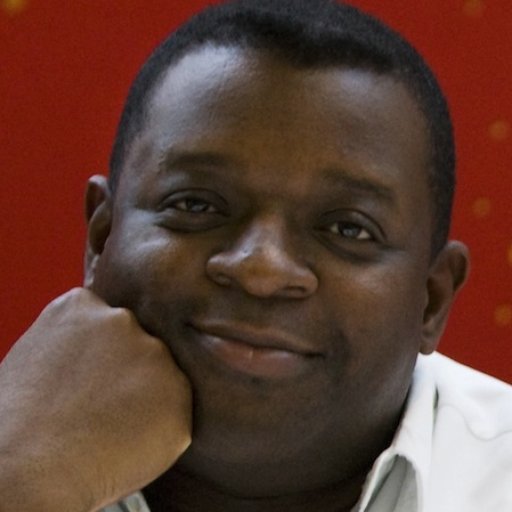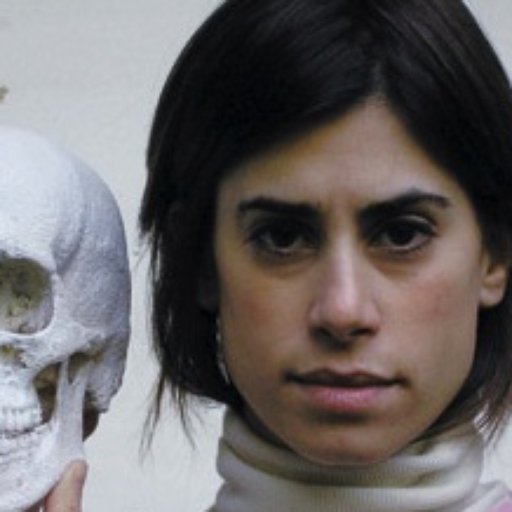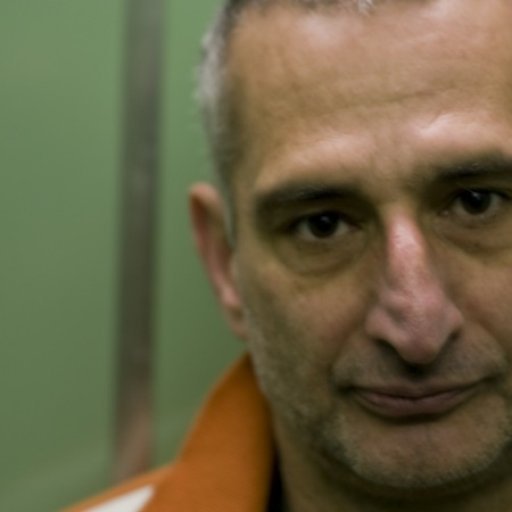A young Israeli artist whose postmodern films presenting characters with shakily composed identities have made her a sensation among avant-garde curators, Keren Cytter will present a new entry point into her work at Zach Feuer with a survey of 65 somewhat autobiographical drawings that grew out of her everyday life, including quick sketches of friends and snippets form newspaper headlines.
Only a few years out of RISD, the 31-year-old painter Ted Gahl performs a captivating tightrope-walk between abstraction and figuration, creating canvases that seem to harness stylistic elements of artists as diverse as de Kooning, Diebenkorn, El Greco, and Matisse. The air of unapologetic experimentation in this work is reason enough to see his new show at Dodge Gallery.
When one thinks of an "artists' artist," one generally imagines work far more obscure than the gorgeous abstract paintings of Jackie Saccoccio, but something about her work (going on view at Eleven Rivington this month) has led her to be included in artist-curated shows fromCarroll Dunham, Polly Apfelbaum, and Michael Bevilacqua—and that's a very good sign.
A Yale MFA-educated artist who showed at the Venice Biennale's Lithuanian Pavilion last year, Jason Dodge is known for his conceptual work in which the viewer is presented with a enigmatic but highly specific object (a pillow once slept on by the mayor of Nuremberg, for instance) and little other context. new examples of this demanding, highly enjoyable provocation are now at Casey Kaplan.
Last year was a very good one for Carrie Mae Weems, with the artist winning a MacArthur "genius" grant for her probing, multidisciplinary work examining issues of race and with a traveling exhibition of her art touring U.S. museums. Now that show is coming to the Guggenheim, transforming Frank Lloyd Wright's spiraling walls into a megaphone for her vital critique.
An artist who in recent years has been investigating the African roots of American music by reconstructing and photographing historic sites in New York City where this cultural interchange was exemplified, Stan Douglas amps up that approach at David Zwirner this month with a new film set at Columbia Records's 30th Street studio in the '70s, replete with obsessively researched period details.
In 1969, the artist Keith Sonnier was included in Harald Szeemann's "When Attitudes Become Form" a the Kunsthalle Bern, a seminal show—recently restaged by the Prada Foundation during the last Venice Biennale—that gathered together work by Joseph Beuys, Walter De Maria, Bruce Nauman, Richard Serra, and other now-legendary figures to survey the vanguard of minimal and conceptual art. Sonnier's playful, calligraphic neon sculptures were an outlier at the time, shedding some welcome color on the otherwise somber proceedings. Since then his creations have continued to skirt the edge of recognizable directions in art, occupying the middle ground between Dan Flavin's light pieces and Frank Stella's exuberant late sculptures. It's only a matter of time before curators reintroduce him into the swim of things, and they'll have another chance following the debut of a new series of work at Pace Gallery this month.











